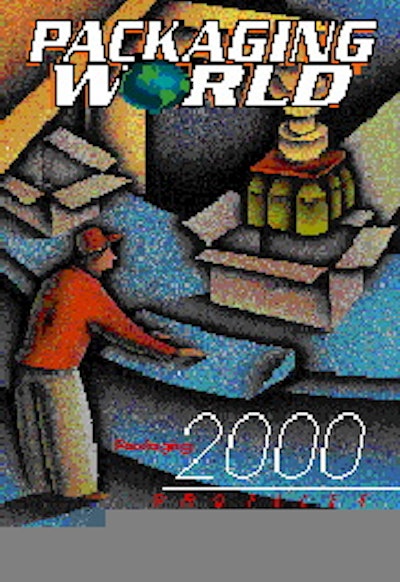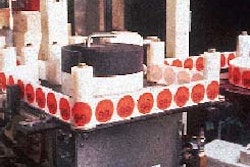
What will be required of packaging professionals in the year 2000? That was the lofty question Packaging World tried to answer. Some readers said we didn't address the right question. "Forget the coming millenium, I need a job in packaging now!" exclaimed Walter Weston, a Lansdale, PA, resident with 20 years' worth of packaging sales and marketing experience under his belt. Weston's cut-to-the-chase comment came in reference to PW's Packaging 2000 series, published in our October, November and December 1996 issues, beginning on pages 54, 77 and 22, respectively. On the surface, Weston's statement may sound humorous, but he's not the only packaging professional seeking employment. Steve Martinik at Chesebrough-Pond's Clinton, CT, plant, tells us, "Packaging 2000 hits home. We just laid off 10 management people, and there are some hourly worker reductions" also taking place. "All too often, downsizing has a snowball effect; it's really hard to stop making cuts once it starts. These articles really speak to the issue of downsizing, and the type of skill set that workers are going to need, whether they're hourly or salaried." Martinik's bottom-line view: "If you have the skills a company needs, you'll find work." Acquiring such skills was the focus of Packaging 2000. As we reported, many of the experts we contacted for the story lamented that students were entering the workforce lacking basic mechanical skills. Martinik said he related especially well to "an analogy about how we've lost the skills to work on our cars, and how schools have had to shift to teaching young people how to work with tools." In the series, we listed 20 centers for packaging education that packagers could use for training and recruiting employees. San Jose State University's Jorge Marcondes, a Ph.D. and associate professor, hopes to use reprints of the Packaging 2000 articles that he saw at Pack Expo last November in Chicago. "We plan to use them in student recruiting," he says. Mark Avery of Boise, ID-based potato producer J.R. Simplot asked us if we've published any similar profiles related to purchasing jobs. Our three-part series prompted at least one reader to take action. "Your article on Packaging 2000 is a saver. I shared it with other people who agree," stated JerryBoyle of Ivyland, PA-based Mengibar Automation. "We all need to keep abreast of the new technologies. In fact, it prompted me to buy a book on PLCs." One of our readers responding to Packaging 2000 addressed the training issue by enclosing a "University of OPP" brochure from Mobil Chemical's Films Division. The publication describes courses on oriented polypropylene and its applications in flexible packaging and labeling. The reader, Barbara Power, is an account supervisor with Hutchins/Y&R, a Rochester, NY, marketing communications firm. She says, "Your look at packaging jobs beyond the turn of the century offers an innovative approach" to a vital topic.





















